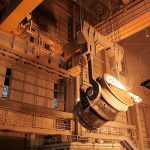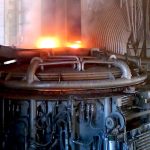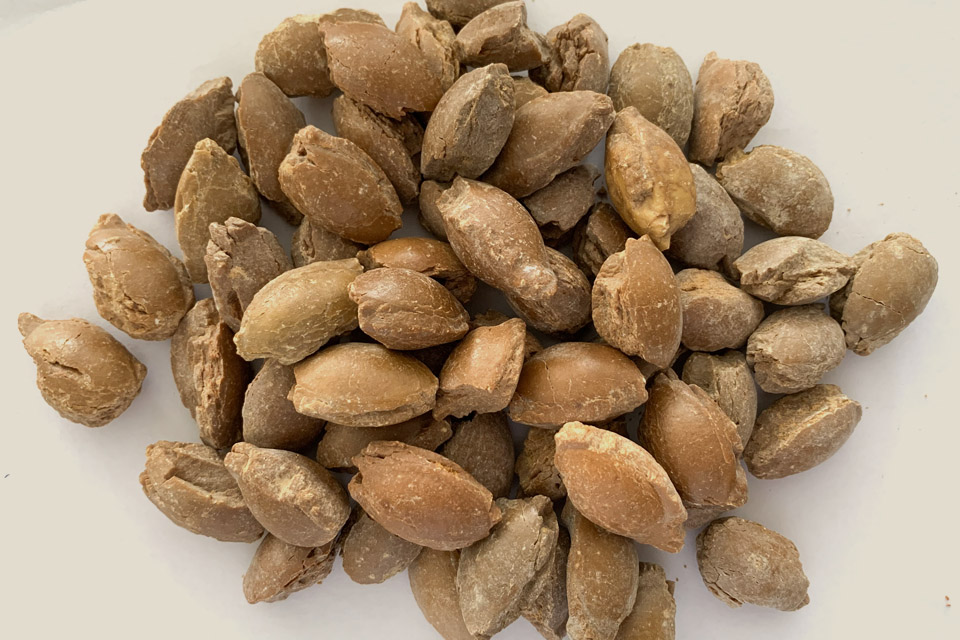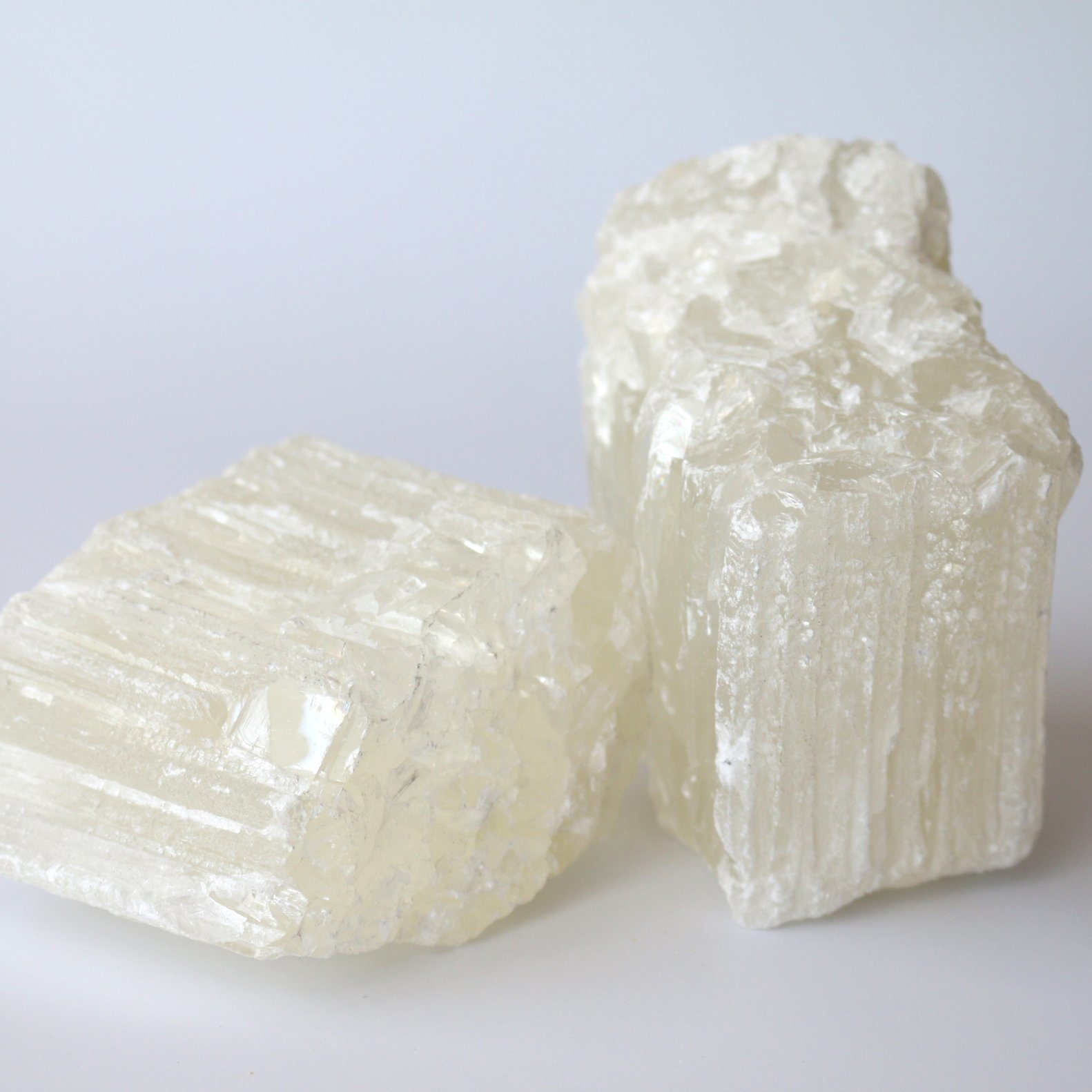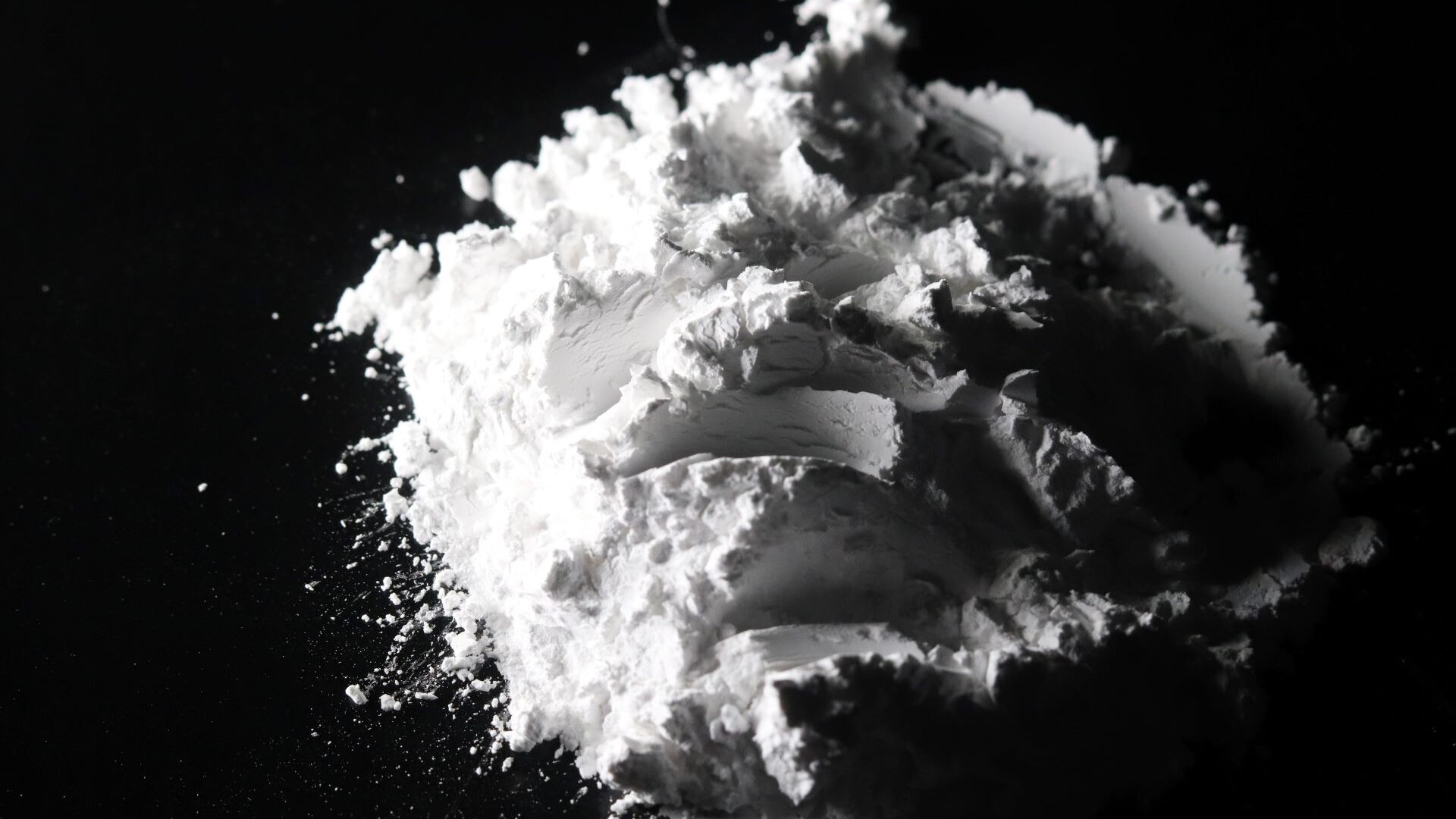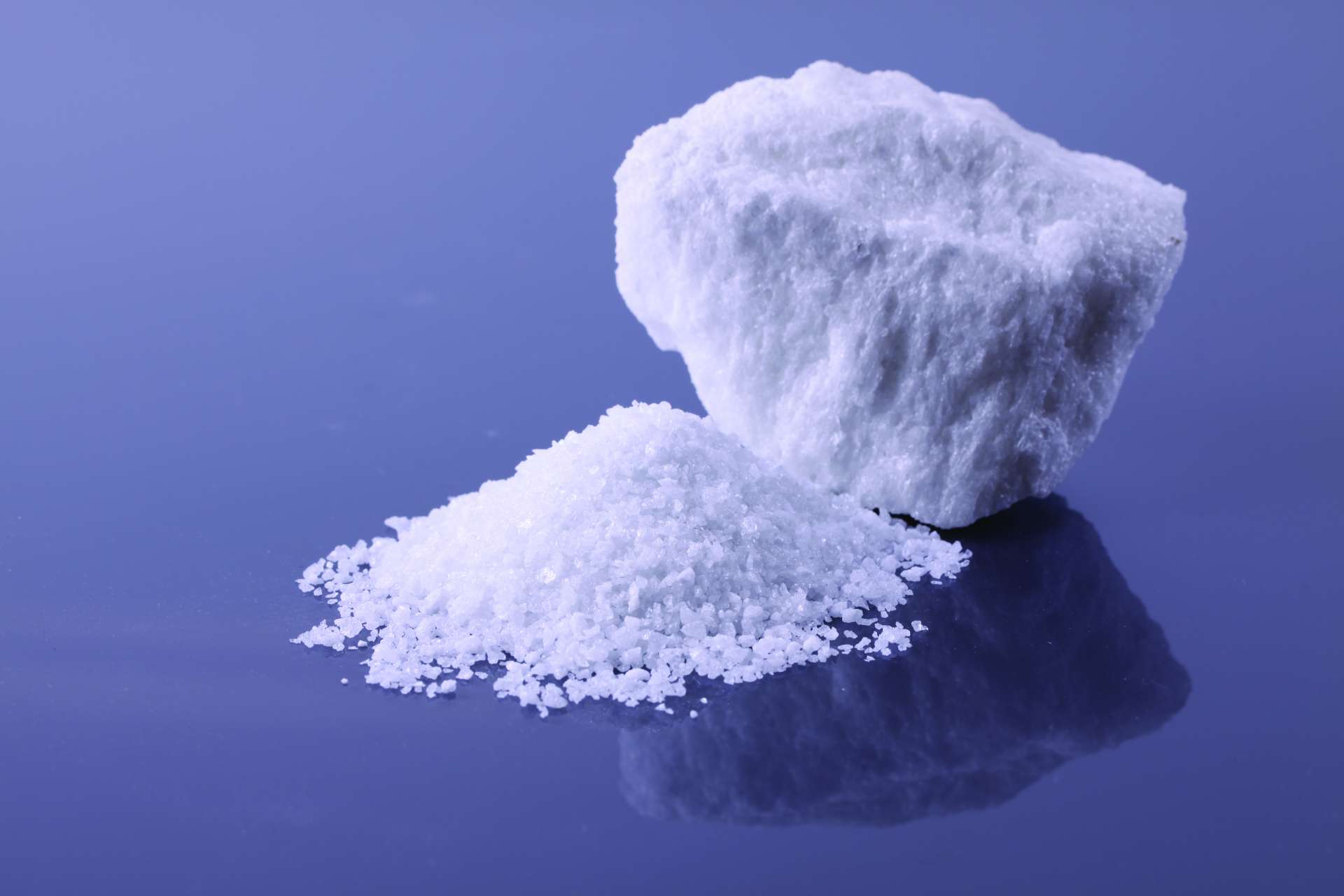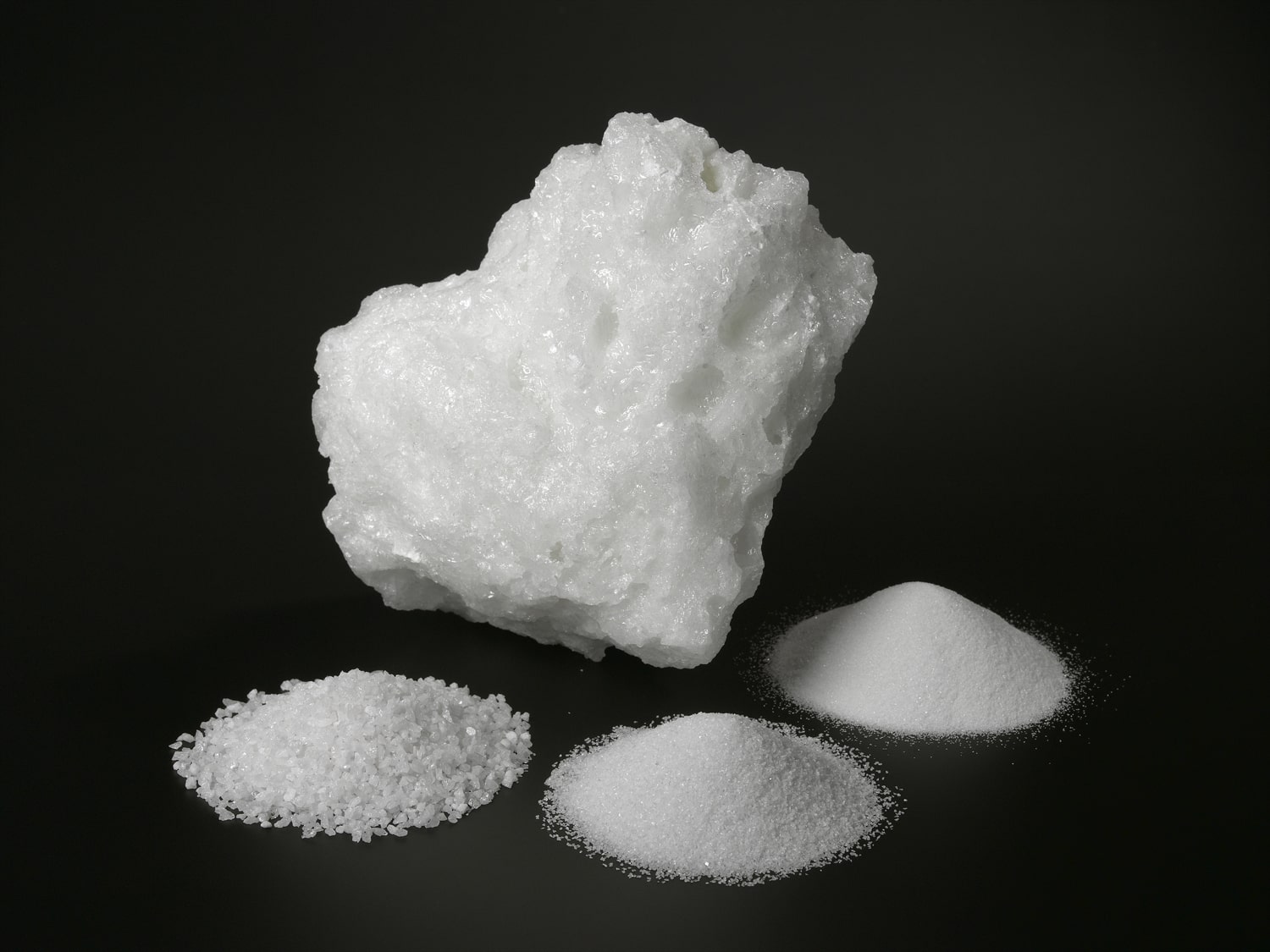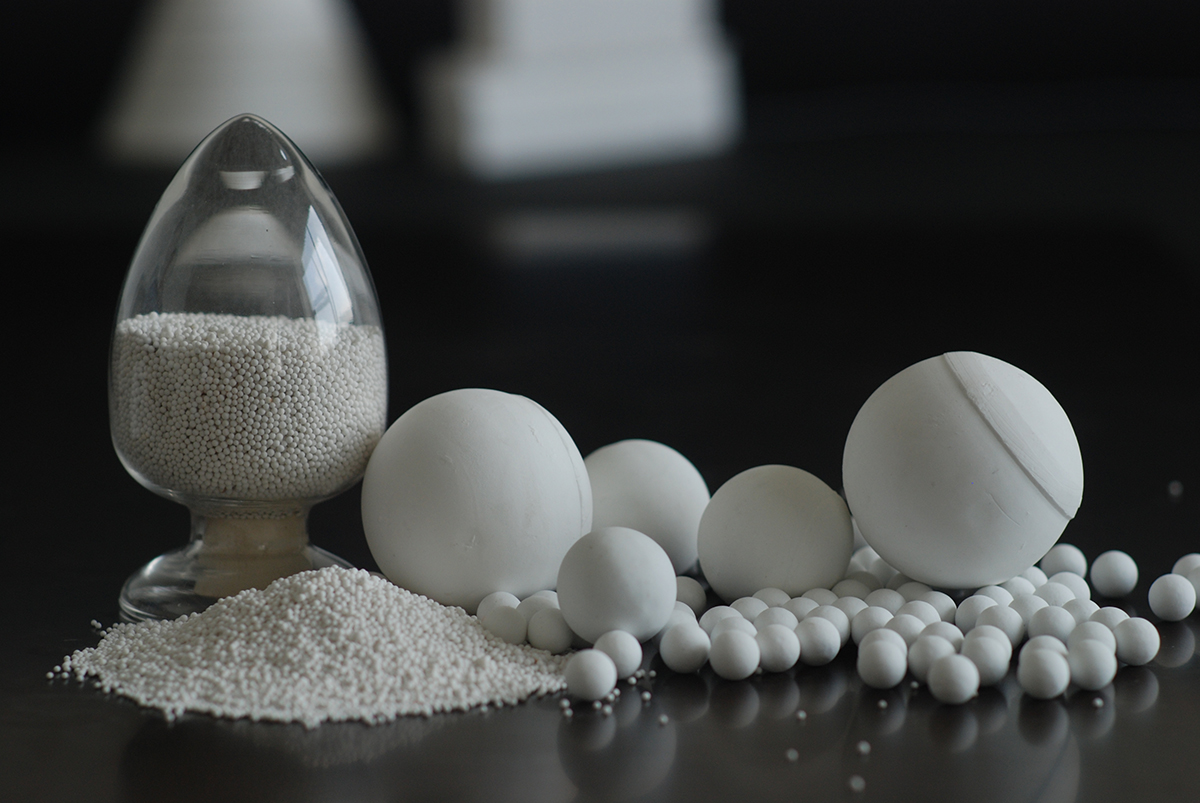
Introduction
The steel manufacturing industry is undergoing significant transformations driven by advancements in technology and a growing emphasis on efficiency and sustainability. Refractory materials, essential for withstanding the extreme conditions in steel production, are at the forefront of these innovations. As steelmakers strive to improve performance and reduce environmental impact, refractory innovations are playing a pivotal role in shaping the future of steel manufacturing. This blog explores the latest developments in refractory materials and technologies and their impact on the steel industry.
Advancements in Refractory Materials
- High-Performance Refractories:
Modern refractory materials are designed to offer superior performance under the demanding conditions of steelmaking. Innovations such as MgO-C (Magnesia-Carbon) bricks and advanced castables provide enhanced thermal stability, thermal shock resistance, and chemical resistance. These improvements help extend the lifespan of refractory linings and reduce maintenance needs. - Eco-Friendly Refractories:
The steel industry is increasingly focused on sustainability, and eco-friendly refractory materials are emerging as a key component of this effort. Innovations include the development of refractories made from recycled materials and those with reduced environmental impact. These materials help steelmakers meet regulatory requirements and reduce their carbon footprint. - Nanotechnology in Refractories:
The incorporation of nanotechnology into refractory materials is leading to enhanced properties such as increased thermal conductivity, improved strength, and greater resistance to wear and corrosion. Nanotechnology enables the development of more efficient and durable refractories, contributing to better performance and longer service life. - Advanced Coatings and Linings:
Innovations in refractory coatings and linings are improving protection against molten metal and slag attack. Advanced coatings offer enhanced resistance to chemical corrosion, thermal shock, and abrasion, helping to extend the lifespan of steelmaking equipment and reduce downtime.
Technological Innovations in Refractory Applications
- Smart Refractory Systems:
The integration of smart technologies into refractory systems is revolutionizing steel manufacturing. Smart refractories equipped with sensors and monitoring systems provide real-time data on temperature, wear, and performance. This information enables proactive maintenance, improves operational efficiency, and helps prevent unexpected failures. - Improved Application Techniques:
Advances in application techniques, such as robotic gunning and precise casting methods, are enhancing the efficiency and accuracy of refractory installations. These technologies reduce application time, improve the quality of the refractory lining, and minimize labor costs. - Enhanced Simulation and Modeling:
Sophisticated simulation and modeling tools are being used to predict the behavior and performance of refractory materials in various steelmaking processes. These tools help optimize refractory designs, improve material selection, and enhance overall process efficiency. - Modular Refractory Solutions:
The development of modular refractory systems allows for more flexible and efficient installations. Modular refractories can be easily assembled, replaced, or upgraded, providing a cost-effective solution for maintaining and improving steelmaking equipment.
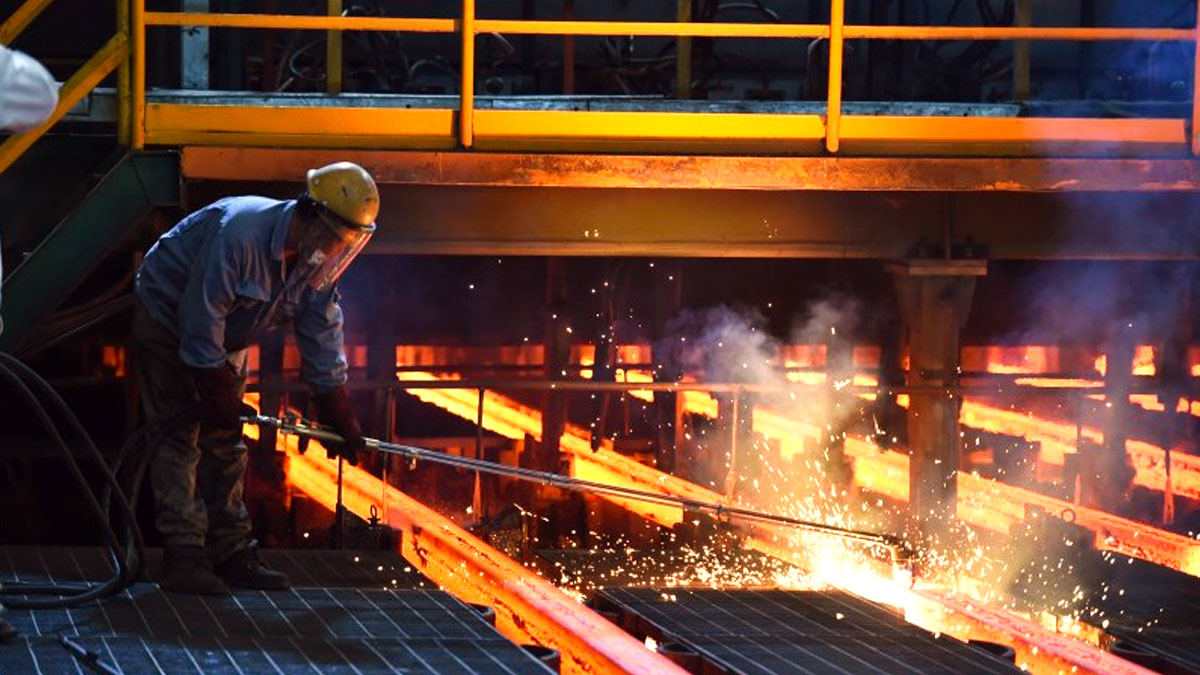
Impact on Steel Manufacturing
- Increased Efficiency:
Refractory innovations contribute to improved thermal efficiency, reduced energy consumption, and enhanced process control. High-performance refractories and advanced technologies help steelmakers achieve better heat retention, optimize energy usage, and increase overall production efficiency. - Enhanced Sustainability:
Eco-friendly refractories and sustainable practices are helping steel manufacturers reduce their environmental impact. By adopting recycled materials and reducing emissions, the industry can meet environmental regulations and contribute to a more sustainable future. - Extended Equipment Lifespan:
The use of advanced refractories and coatings helps to extend the lifespan of steelmaking equipment. Improved durability and resistance to wear and corrosion reduce maintenance needs and lower replacement costs, leading to more reliable and cost-effective operations. - Improved Product Quality:
Innovations in refractory materials contribute to the production of high-quality steel by ensuring consistent temperatures and minimizing contamination risks. This leads to better product quality and enhanced performance in downstream applications.
Conclusion
Refractory innovations are playing a crucial role in shaping the future of steel manufacturing, driving improvements in efficiency, sustainability, and performance. The development of high-performance materials, eco-friendly solutions, and advanced technologies is transforming the steel industry, enabling manufacturers to meet the demands of a changing world. At Pennekamp Middle East, we are committed to staying at the forefront of refractory innovations, providing cutting-edge solutions that enhance the performance and sustainability of steelmaking operations.

